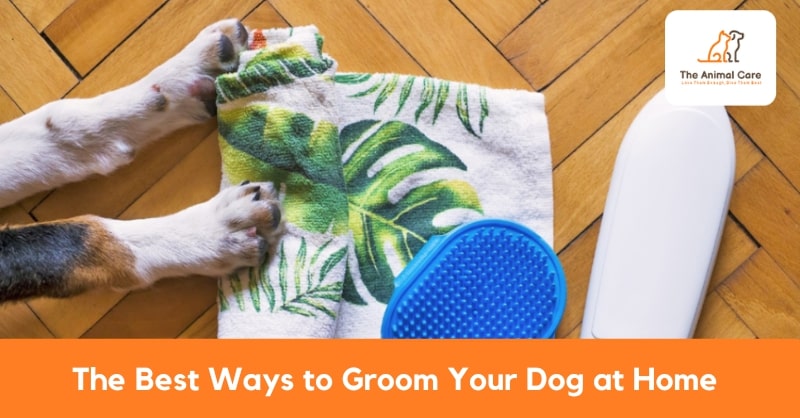
Taking your dog to the groomer may no longer be an option, or you may want to keep your dog at home. In 2020, a lot changed: we don’t meet people as often, we don’t high-five anyone, and now we’re expected to know how to groom dogs professionally!
If your dog’s coat is starting to resemble an old, worn coat (that was dragged through the dirt and left out in the yard), it’s time to brush up on dog grooming skills – and brush your puppy’s teeth, too!
Allowing too much time between grooming treatments can endanger your dog’s health.
Fortunately, many grooming procedures may be done safely in the comfort of your own home. For simple operations like nail clipping and hair brushing, you don’t require complicated, expensive equipment. Thank goodness, because who has a place for additional stuff when their closets are bursting at the seams with toilet paper, flour, and cleaning supplies?
We’ve broken down home grooming into ten simple stages for you:
Table of Contents
Clean Your Dog’s Face First:
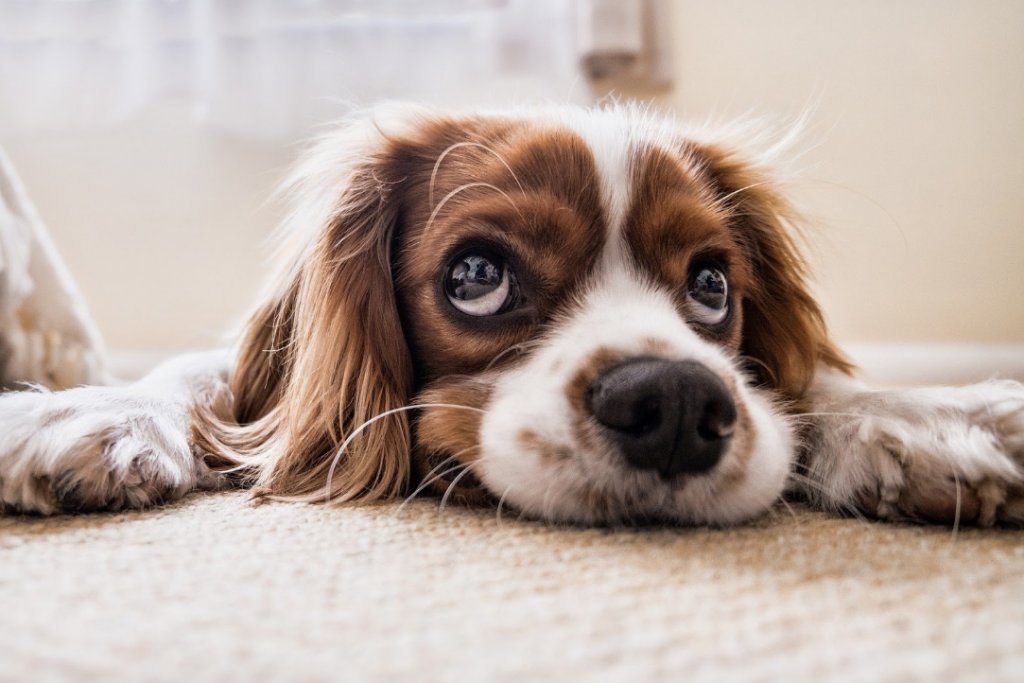
1. Eyes:
Wipe the area around your dog’s eyes with a soft damp towel. Dirt and crust (from tears) tend to accumulate here, and too much can cause infection. While you’re at it, look for any symptoms of redness or swelling in the eyes.
Your dog’s eyes must be kept moist. Dry eyes might impair your dog’s vision or irritate. Make sure your dog is in a humidified environment, or apply eye drops if necessary. You can use artificial tear drops to moisten your puppy’s eyes. Before using eye drops, speak with your veterinarian.
2. Ears:
Dirt and wax build-up in your dog’s ears as well. Wipe the creases and flaps of the ears with a clean moist towel. Alternatively, cotton balls and gauze can be used to clean the ears. When cleaning your dog’s ears at home, never use Q-Tips (human-style cotton swabs). Their eardrums may be damaged. Every four weeks, clean your dog’s ears. If your dog produces a lot of wax or gets his ears wet a lot while swimming, you should clean his ears every two weeks.
3. Nose:
A healthy dog’s nose is moist the majority of the time. It could be due to dry air, thirst, sunburn, or other factors if your dog’s nose seems dry. It’s natural for a dog’s nose to grow a little dry at different times of the day, such as after a long nap. Make sure your dog has plenty of water and that the environment they’re in is sufficiently humidified. Using a high-quality balm to keep your dog’s nose wet will assist.
4. Brush Their Teeth:
If your dogs’ teeth aren’t cleaned regularly, they develop bad breath. Plaque and tartar can build up on your dog’s teeth if they aren’t cleaned regularly. Have you ever noticed that your dog seems to want to cuddle on the days when they have the most unusual breath? Let’s make it right! Once or twice a week, brush your dog’s teeth. Do not brush your dog’s teeth with human toothpaste.
You may find the best canine toothpaste products by doing some research online, or your doctor can recommend one that will work well for your dog. A little tip: chew toys and high-quality canine dental chews will help you clean your dog’s teeth. Allowing your dog to chew on antlers or some types of bones can also aid with tooth cleaning. Based on your dog’s size, dietary limitations, and teeth, consult your veterinarian about the types of bones that are appropriate for them.
5. Brush Your Dog’s Coat:
Because we’re trapped in quarantine, your furry companion is likely to get, well, furry. Trim and brush your dog’s coat as it’s needed to keep them looking and feeling their best. It turns out that “their best ” isn’t after three months of fur growth that makes them resemble a mound of barbershop hair with legs! In all honesty, if you detect matted hair, you should address it right away. Matting restricts air circulation and can cause serious medical issues in puppies of all ages, ranging from skin irritation and infected sores to a lack of blood flow and strangulating wounds.
Brushing your dog’s coat daily helps eliminate dirt and dead hair, tangles, keeps the coat smooth and shiny and prevents matting. A metal brush comb is ideal for keeping long-haired dogs’ strands smooth and luxuriant. For short-haired dogs, a grooming mitt or glove brush is perfect. Brush your dog’s hair at least twice a week to maintain it tidy. Brushing your dog’s coat every day will help maintain it smooth and detangled if they have curly hair prone to tangling and matting.
6. Trim Your Dog’s Coat:
Trimming the coat of your dog requires a keen eye and additional patience. Keep the trimming session fun with many extra treats and get the easy tools to use:
- Hair clippers
- Curved/straight scissors
When cutting your dog’s hair, start at the neck and work your way down to the tail. To trim the coat of a short-haired dog, all you need is a pair of curved or straight scissors. You can start with clippers and then finish with scissors on long-haired dogs.
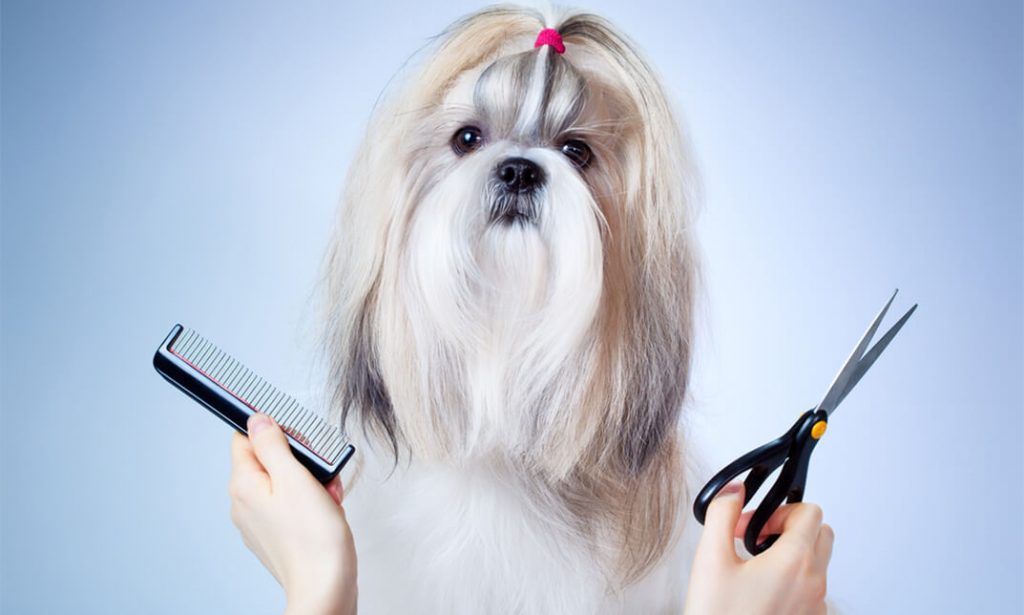
Allow your dog to stand or sit on a raised table before heading to the grooming session. This allows you to get a better look at their coat.
Trim your dog’s hair in the direction it grows. Lines appear on their coat as they go against the natural flow of their hair. Hair clippers come with a variety of protection for cutting the hair of various lengths. Start with the largest clipping guard and work your way down to the smallest.
While shaving, make sure the clipper is flat on the coat. This keeps you from shaving too close to your dog’s skin or cutting it.
Move on to the back and abdomen after the neck. Pay special attention to sensitive areas such as the underbelly, underarm, and hock. Switch to a pair of scissors if shaving these areas with a clipper irritates your dog. Trim away with the scissors, always keeping the point of the scissors facing away from your dog.
Trim the head, legs, and tail last. Because you can expect the most movement in these regions, you should shave them later. If at all possible, have someone hold your dog as you trim them carefully.
While grooming your dog’s face, keep their head steady. Brush their hair away from their face to reveal long strands, which you may then clip away with the scissors. As you follow your dog’s facial lines with clippers, be gentle. If you simply want to use scissors, thinning scissors may be preferred because they don’t leave straight scissoring cut lines behind, giving a more natural finish.
Earflaps, sides of the face, and below the jaws should all be trimmed. Remember to groom your dog’s brows, especially if he has a lot of facial hair.
Trim one leg before moving on to the next. Next, trim the extra hair between the paw pads using a pair of scissors. The hair on your paw pads tends to harbour a lot of germs.

Brush the tail with a clipper or scissors before cutting. Then, trim the tail to the tip while keeping it steady.
Pup Tip: Keep snacks around to keep your dog occupied while you shave.
How To Take Care Of Your Dog’s Nails And Paws
Overgrown nails can make it difficult for dogs to walk. In addition, long paw nails can very readily break or curl inwards, piercing the paw pads. Not only are they potentially painful, but you don’t want your dog’s nails to seem like they’ve been digging a tunnel to the other side of the world for the past two days.
Many puppies develop a strong aversion to having their paws or nails handled. Start cutting your puppy’s nails at home when they are small to get them used to the process. During pawdicures, frequent snacks are your best buddy!
7. Cut Your Dog’s Nail:
- Prepare your dog for this one by placing him on a table or even on your lap.
- Before you start, identify where the nail quick starts. The quick is the area of the nail where blood capillaries are found. Your dog may bleed if this portion is cut, and it may take several weeks for it to heal correctly.
- If your dog’s nails are white, the quick will be pinkish in hue. The quick shows as a black mark on dogs with dark nails.
- Cut the nail immediately before the quick, which is a pinkish or blackish area.
8. Clean, Moisturise, & Protect Your Dog’s Paws:
- Clean between the paw pads with a clean, wet cloth.
- Keep your dog’s paws moisturised, protected, and free of cracks.
- If your dog appreciates a good paw massage, that’s a terrific way to end their puppy spa day’s pawdicure section!
9. Bathe, Dry, & Style Your Dog’s Fur Coat:
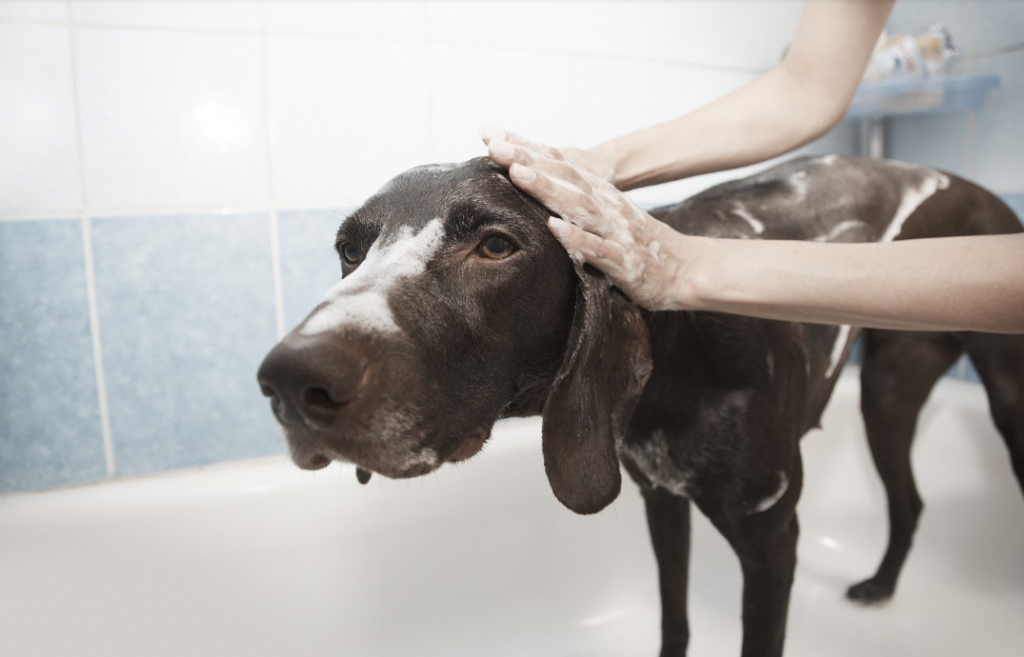
The majority of dogs only require bathing once or twice a month. However, bathing your dog once a week will help eliminate dead hair and pet dander if your dog sheds a lot.
After a relaxing shower with a spray nozzle, dry the coat with a clean towel. A blow dryer will effectively dry your dog’s coat if it is long-haired.
10. Pup Massage:
A qualified groomer is familiar with all of your dog’s major muscle groups and acupressure sites. Check out our Dog Grooming course if you want to learn how to offer your dog some relaxing pet massage.
While you’re quarantined, learning how to groom your dog properly is a valuable skill to have. Given that you may be spending more time with your dog than ever before take advantage of the chance to ensure that they are in the best possible health!
Recent Posts
Top 10 High-Paying Animal Care Jobs ...
June 23, 2023Dog Treatment and Pet First Aid: Key...
June 23, 2023
How to Be Every Dog’s Favourite Do...
June 23, 2023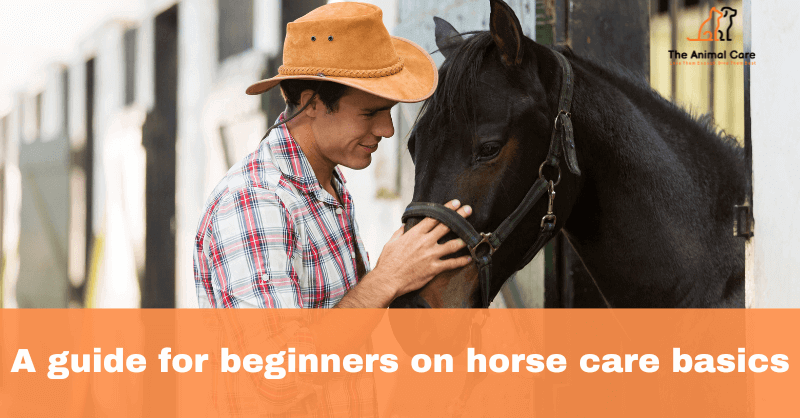
A guide for beginners on horse care ...
June 23, 2023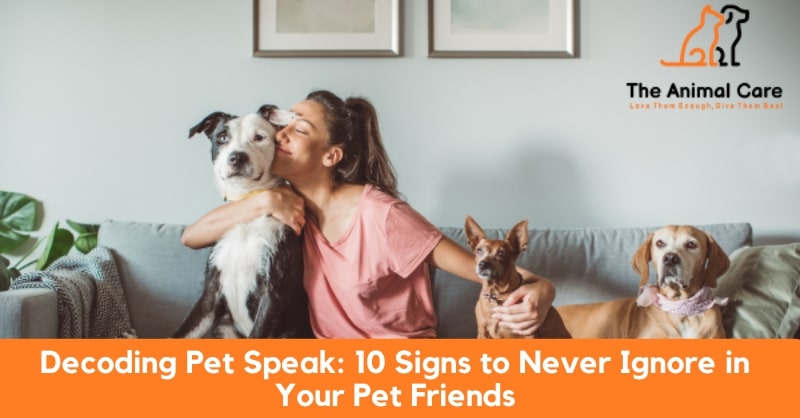
Decoding Pet Speak: 10 Signs to Neve...
June 23, 2023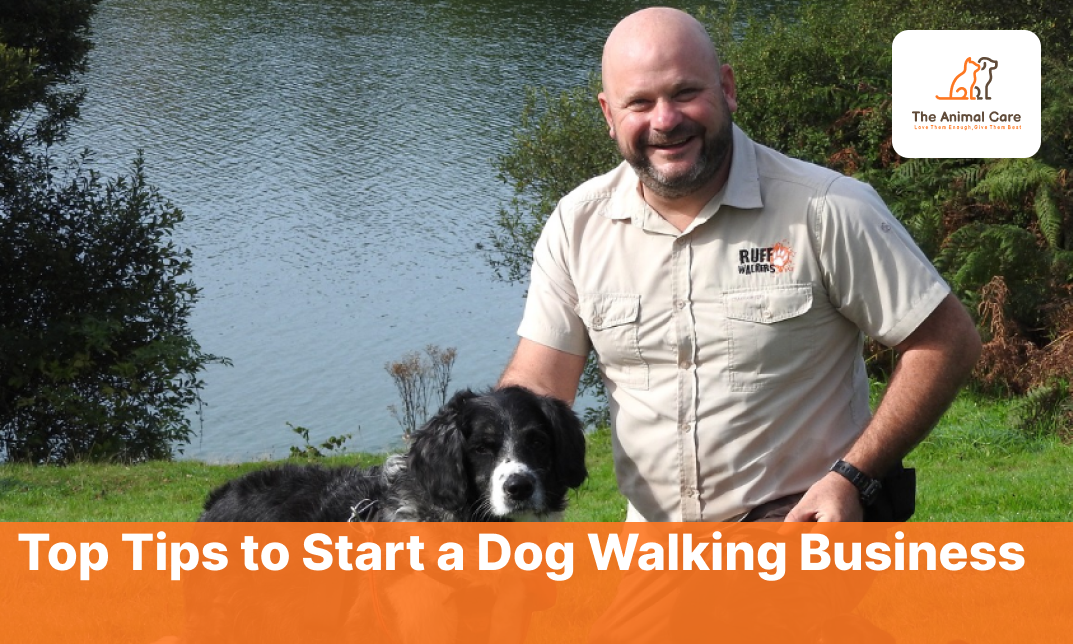
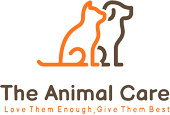
0 responses on "The Best Ways to Groom Your Dog at Home"